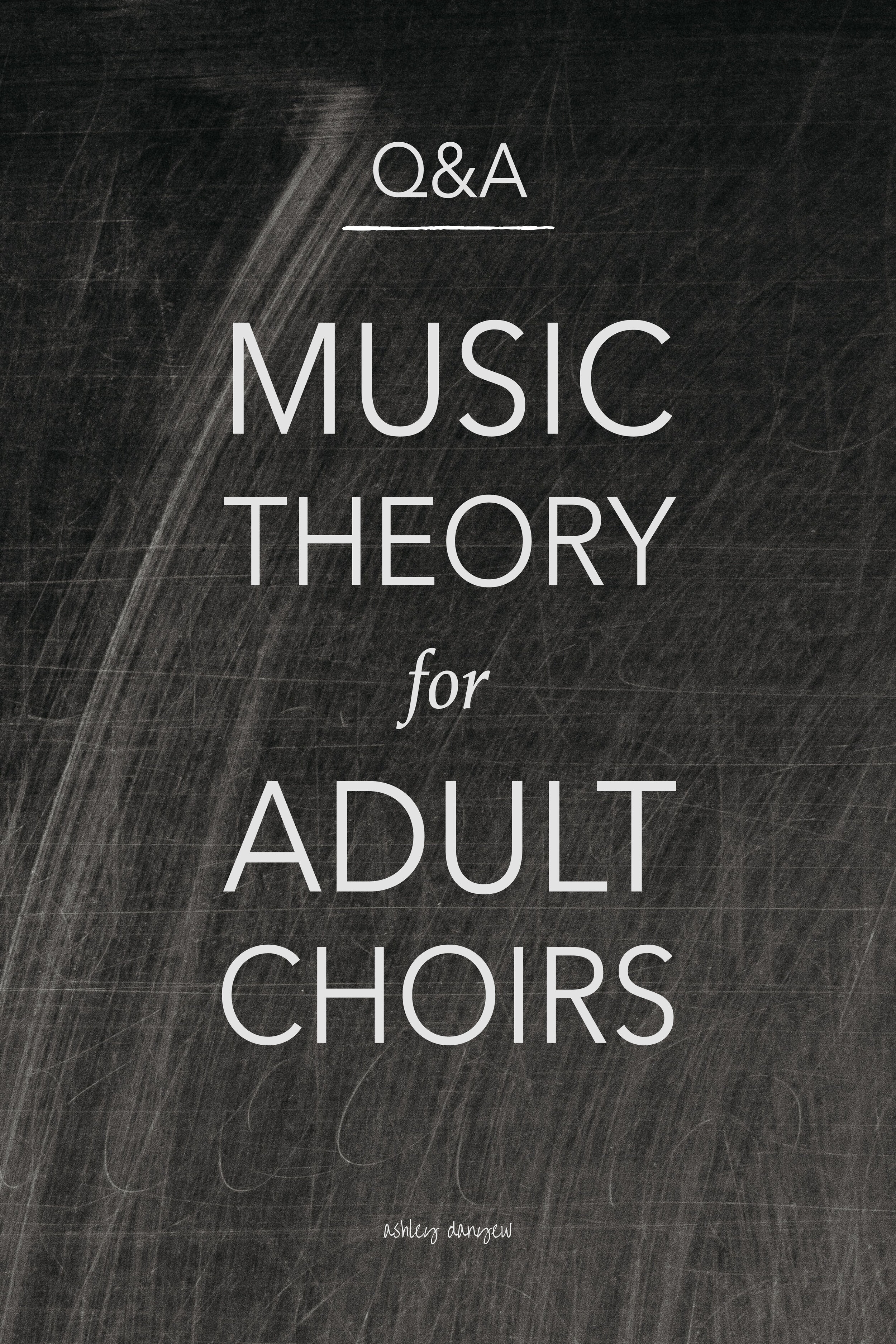Ubi Caritas is an ancient chant, thought to have originated in France between the 4th and 10th centuries (source).
The original text has several stanzas. Here is the first stanza with English translation:
Ubi caritas et amor, Deus ibi est.
Congregavit nos in unum Christi amor.
Exultemus, et in ipso iucundemur.
Timeamus, et amemus Deum vivum.
Et ex corde diligamus nos sincero.
Where charity and love are, God is there.
Christ's love has gathered us into one.
Let us rejoice and be pleased in Him.
Let us fear, and let us love the living God.
And may we love each other with a sincere heart.
(source)
Traditionally, the chant was used as an antiphon, or sung refrain, for the washing of feet ceremony on Maundy Thursday (the Thursday before Easter). The current Roman Catholic Missal includes it as the offertory on Maundy Thursday.
Listen to the original chant here.
There are numerous choral settings of this text: some accompanied, some not; some incorporating chant-like passages, some not; some with a mix of Latin and English text, some with only Latin.
Today, I'm sharing ten of my favorite choral settings of Ubi Caritas. Hopefully, you'll find one you love for your Holy Week service this year!
10 Choral Settings of Ubi Caritas
*Disclosure: I get commissions for purchases made through links in this post.
2-Part Anthems
Ubi Caritas (Becki Slagle Mayo)
2-Part Choir with Piano and Oboe
A mix of the Latin chant text and the English translation, with a beautiful oboe obbligato and optional 2-part split for the last chorus.
SSA and 3-Part Mixed Anthems
Ubi Caritas (Cristi Cary Miller)
SSA Choir with Piano
A flowing piano accompaniment and lyrical part-writing create a sweeping arrangement of the traditional Latin chant. Hopeful and uplifting.
Ubi Caritas (Greg Gilpin)
3-Part Mixed Choir with Piano
Imitative part-writing, interesting melodic lines (perhaps a bit challenging at first), and a simple, flowing accompaniment make this accessible for youth choirs or small adult choirs.
Ubi Caritas (Bryan Sharpe)
3-Part Mixed Choir with Piano
Accessible part-writing with moments of imitation in the chorus. Reminiscent of Mary Lynn Lightfoot's Pie Jesu.
SATB Anthems
Ubi Caritas (Mark Burrows)
SATB with Piano
Interesting vocal lines and part-writing, modern harmonies, and a sparkling, yet lyrical piano accompaniment bring new life to this old text. Includes a text translation and pronunciation guide. A beautiful setting.
Ubi Caritas (Luke Mayernik)
SATB Choir and Tenor Solo, a cappella
A mix of Latin and English text is highlighted through rich harmonies, thoughtful phrasing, and a lyrical Tenor solo. Beautiful part-writing for a more advanced choir.
Ubi Caritas (Joseph Gentry Stephens)
SATB Choir, a cappella
Rich, warm harmonies, simple ABA form, and very natural text declamation make this setting a lovely choice for your Holy Week service. The opening section is based on the original chant melody.
Ubi Caritas (Ola Gjeilo)
SATB Choir, a cappella
This anthem begins with a beautiful, unison chant section, expanding into 4-part harmony. Made up of mostly stepwise lines, this setting is marked by modern harmonies and thoughtful treatment of the text.
Anthems with Multiple Voicings
Ubi Caritas (Mary Lynn Lightfoot)
2-Part, 3-Part Mixed, or SSA Choir with Piano
Beautiful, lyrical lines and thoughtful part-writing, featuring imitative part-writing on the chorus. Includes a text translation and pronunciation guide.
Ubi Caritas (Victor C. Johnson)
2-Part, 3-Part Mixed, or SATB Choir with Piano
The flexible voicing on this anthem makes it accessible for children, youth, and adult choirs. Simple melodic writing and supportive piano accompaniment make for a thoughtful, reflective setting of the text.
Latin Pronunciation Guide
There are two basic pronunciation guides for Latin: Italianate and Germanic. In Italianate Latin (more popular), the pronunciation follows the rules of the Italian language. In Germanic, the pronunciation follows the rules of the German language.
Here is a quick pronunciation guide for Italianate (also known as Ecclesiastical) Latin.
more Lent + Holy Week anthem suggestions:
Which one is your favorite? Have you done any of these arrangements with your choir before?






































